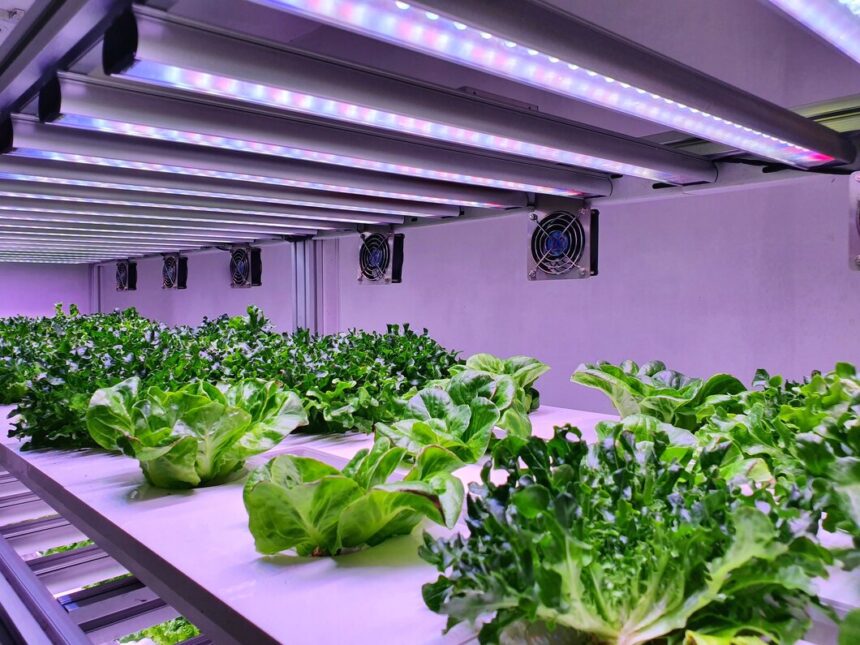As South Africa grapples with challenges such as water scarcity, soil degradation, and urbanization, hydroponics emerges as a promising solution for efficient and sustainable farming. Hydroponics is a method of growing plants without soil, using nutrient-rich water to deliver essential nutrients directly to plant roots. Here’s a guide for South African farmers on how to get started with hydroponics and make the most of this innovative farming technique.
1. Understanding Hydroponics
Hydroponics involves growing plants in a water-based, nutrient-rich solution instead of soil. Plants are supported by an inert medium such as perlite, vermiculite, or rock wool, which provides physical support but does not supply nutrients. This method allows for precise control over nutrient delivery and environmental conditions, often resulting in faster growth rates and higher yields.
2. Choosing the Right Hydroponic System
Several hydroponic systems are available, each with its advantages. Common types include:
- Nutrient Film Technique (NFT): A thin film of nutrient solution flows over the roots, providing constant access to nutrients and oxygen.
- Deep Water Culture (DWC): Plants are suspended in a nutrient-rich solution with their roots submerged in the water.
- Ebb and Flow (Flood and Drain): The growing area is periodically flooded with nutrient solution, which then drains away.
- Drip System: Nutrient solution is delivered to plant roots through a network of drippers and tubes.
Evaluate each system’s suitability based on your crop types, space, and budget.
3. Managing Nutrient Solutions
Hydroponic systems rely on carefully balanced nutrient solutions to ensure optimal plant growth. Use a hydroponic nutrient mix specifically formulated for the crops you are growing. Regularly monitor and adjust nutrient concentrations and pH levels to maintain the ideal growing conditions.
4. Water Efficiency
Hydroponics can significantly reduce water usage compared to traditional soil farming. However, it’s crucial to implement water-saving practices. Reuse and recycle water within the system to minimize waste and ensure efficient resource use.
5. Temperature and Environmental Control
Hydroponic systems can be sensitive to temperature fluctuations. Maintain optimal temperature ranges for both the nutrient solution and the growing environment. Use heaters or coolers, fans, and ventilation systems to regulate temperatures and ensure a stable growing environment.
6. Pest and Disease Management
Although hydroponics reduces some soil-borne diseases, pests can still be a concern. Implement integrated pest management (IPM) practices, such as introducing beneficial insects and using biological controls, to minimize pest problems. Regularly inspect plants for signs of disease and take action promptly.
7. Training and Education
Invest in training and education for yourself and your team. Understanding hydroponic principles, system maintenance, and nutrient management is essential for successful implementation. Many resources, including online courses and local agricultural extension services, offer valuable information and support.
8. Start Small
If you are new to hydroponics, consider starting with a small-scale setup to gain experience before scaling up. Experiment with different systems and crops to identify what works best for your conditions and goals.
9. Economic Considerations
Hydroponics can have a higher initial investment compared to traditional farming methods. However, the potential for increased yields and faster growth can offset these costs. Conduct a cost-benefit analysis to evaluate the economic feasibility and long-term benefits of hydroponic farming for your operation.
10. Sustainable Practices
Hydroponics offers opportunities for sustainable farming practices. Reduce waste, recycle materials, and use energy-efficient technologies to minimize your environmental impact. Emphasize sustainable practices to contribute positively to the agricultural sector and the environment.
Hydroponics presents a viable and innovative solution for South African farmers facing challenges such as limited water resources and soil degradation. By understanding the fundamentals of hydroponics, choosing the right system, and implementing effective management practices, farmers can harness the benefits of this technology to achieve sustainable and productive farming.
Join 'Farmers Mag' WhatsApp Channel
Get the latest Farming news and tips delivered straight to your WhatsApp
CLICK HERE TO JOIN






